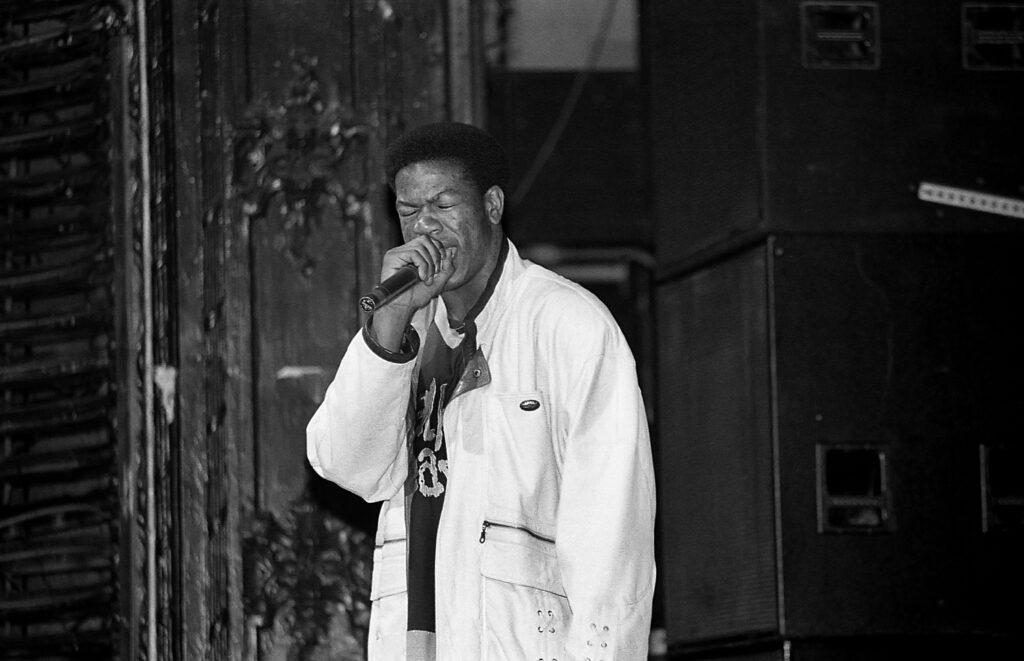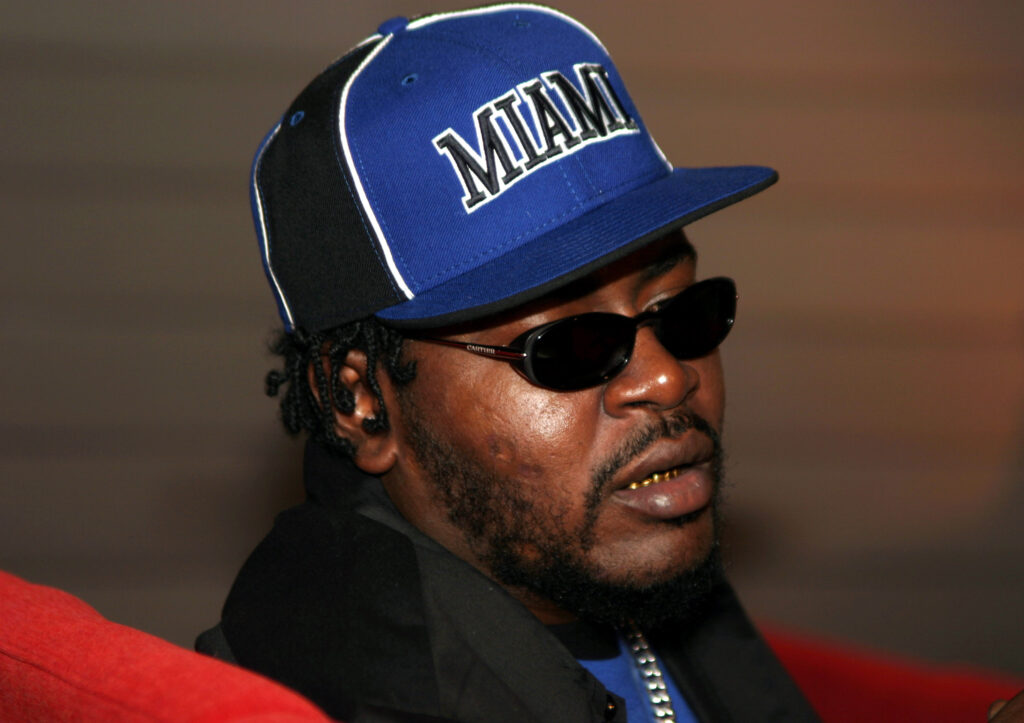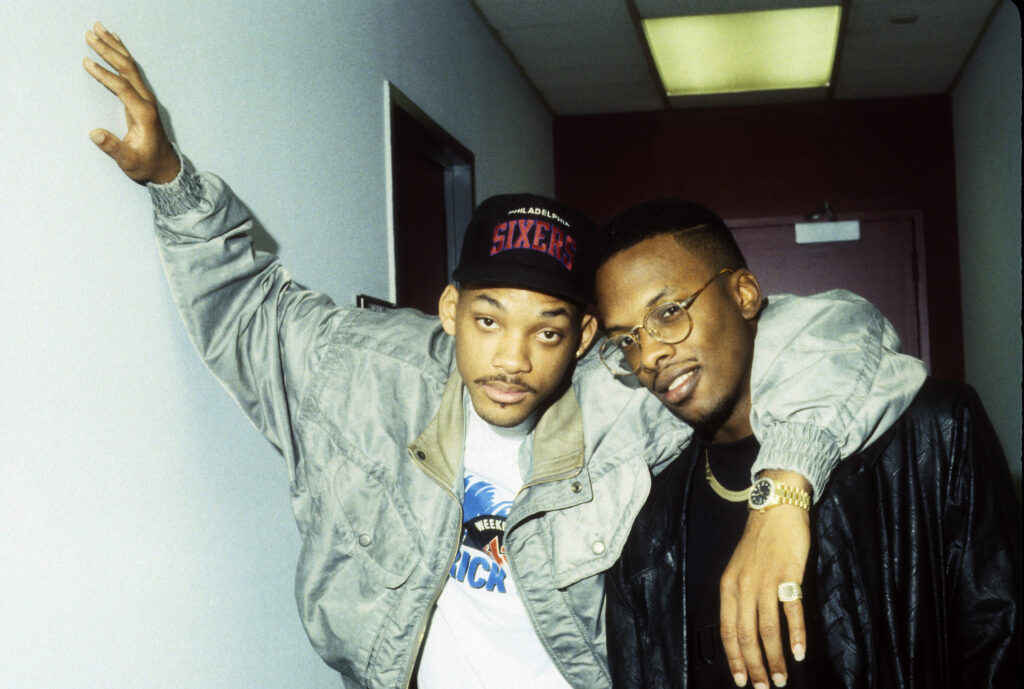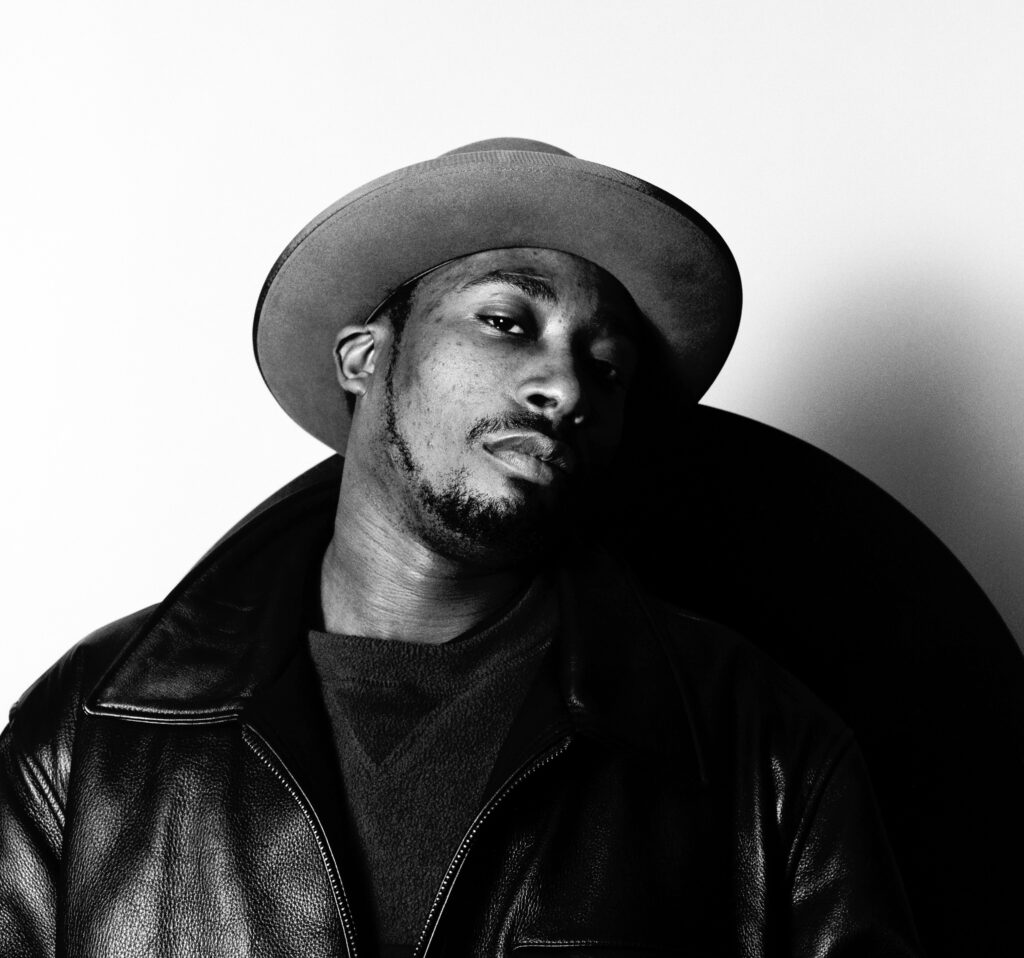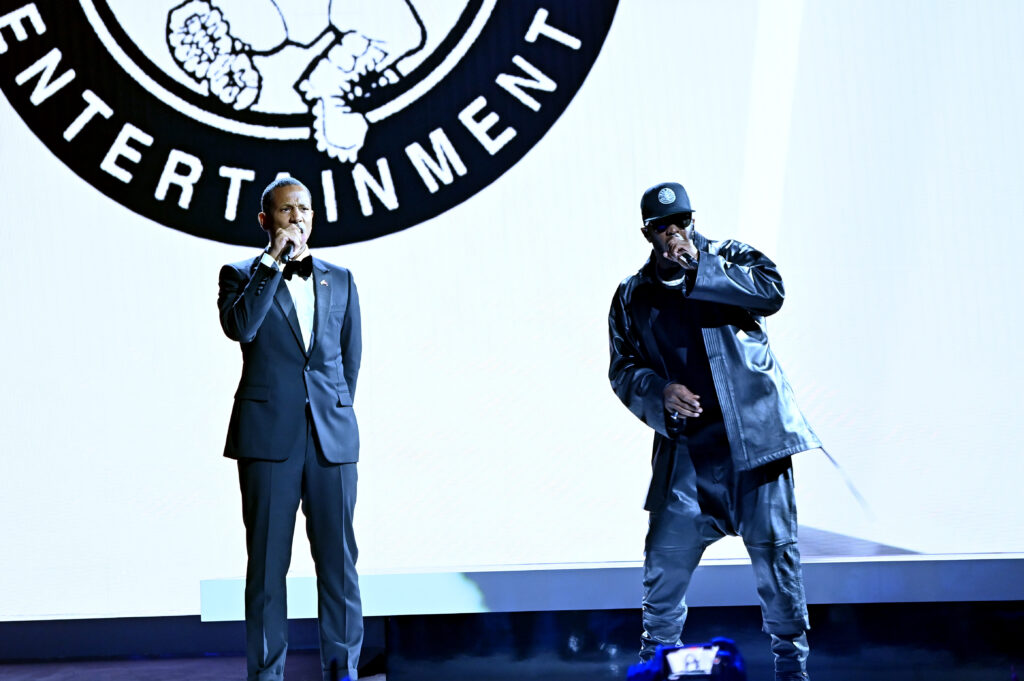Kid Cudi’s Man On the Moon series has been a cherished one ever since the first one debuted back in 2009. Each installment has provided some iconic hip-hop tracks for the 2010s decade and has helped define Cudster as an artist. What we have come to know and love about the Cleveland, Ohio native is that he is a malleable talent who is not afraid to try different sounds.
One of the prime examples of this occurs on his third entry, Man On the Moon III: The Chosen. We wanted to take a look back as the album is now three years old. Arguably the most memorable and well-put-together song is “Show Out.” On face value, you might be scratching your head as to how this would make sense. Seeing Skepta and Pop Smoke, two of the best drill artists, with a psychedelic pop rapper, does not sound like a recipe for success.
Read More: Pharrell Reflects On What He’s Learned As Louis Vuitton Creative Director
Relisten To “Show Out” By Kid Cudi, Skepta, And Pop Smoke
However, when you hear this song, everything just clicks. The beat from Dot da Genius is woozy and atmospheric, while also incorporating the familiar drill production style. On top of that, all of the performances are great. Pop does wonders on the hook. His smoky voice layers perfectly on top of the instrumental. Skepta shreds his verse with ease and Cudi finds a nice pocket on the drill and spacey ends of the beat. Another chance taken, another success for Cudi.
What were your initial thoughts on “Show Out” by Kid Cudi, Skepta, and Pop Smoke, off Man On the Moon III: The Chosen? Is this the best song from this album? Who had the best performance on the track? Does this record still hold a place in your rotation, why or why not? Finally, is where does this Man On the Moon installment rank amongst the rest? We would like to hear what you have to say about all of this. With that in mind, be sure to leave all of your hottest takes in the comments section below. Additionally, always keep it locked in with HNHH for all of the latest breaking news around Kid Cudi, Pop Smoke, and Skepta.
Quotable Lyrics:
Pop Smoke, big smoke
Clip in the stick, stick in the coat (Boom)
And they got guns same size as Kevin Hart
Please don’t think it’s a joke
Back on tour with the gang and it’s sold out
Twenty-two dates, I ain’t missin’ a show
Read More: Nicki Minaj Announces Headlining Set At J. Cole’s Dreamville Festival
The post Kid Cudi, Skepta, & Pop Smoke Effortlessly Blended Psychedelic Trap And Drill On “Show Out” appeared first on HotNewHipHop.

